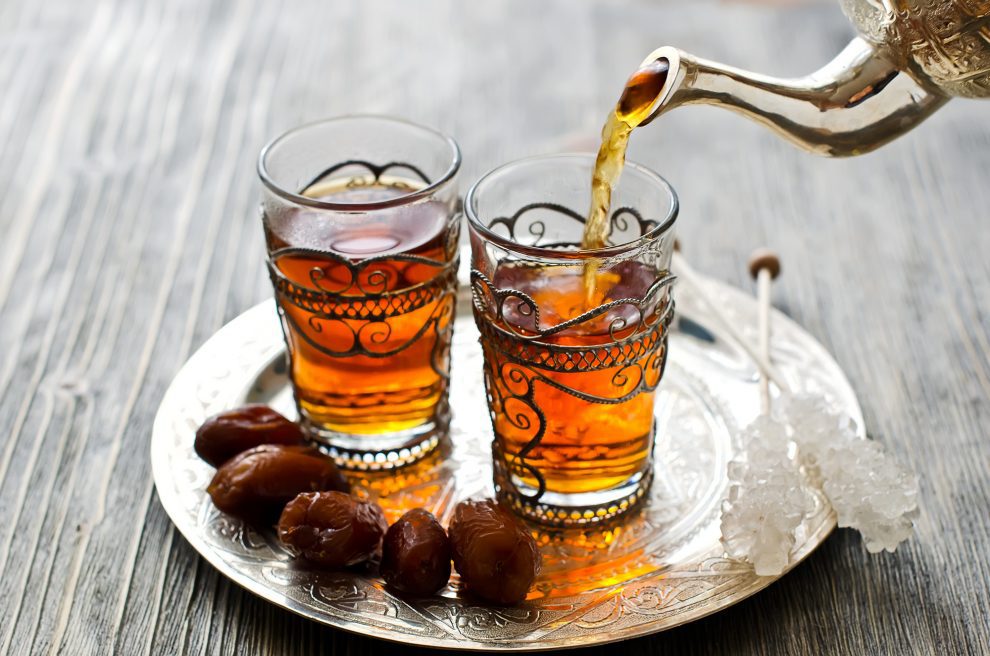Philippa Thacker, creator of new Twinings Morning Tea and veteran Twinings Master Tea Blender shares her infallible 5-Step Guide to the Perfect Cup of Tea
Step 1. Find the right equipment:
Tea equipment is so diverse these day, with almost everything available in different shapes, sizes and materials. I’m a firm believer that the better the quality of the material used to make the drinking and brewing vessels, the better the taste experience. Porcelain will give a far more refreshing taste than say something made from earthenware. Many of us find comfort in drinking from a ‘special’ cup which adds to the enjoyment of our favourite tea.
We’re often too pressed for time to make tea ‘properly’ these days, but if you follow these few basic steps then you should still be able to brew the perfect cup of tea time and again whether in a mug, cup, glass or pot.
Step 2. Select the best tea:
I can’t begin to explain how important it is to start a journey into tea, by selecting one that’s great quality. Tea’s an agricultural crop and its flavour, much like wine, is affected by altitude, region, weather and many other factors. There is absolutely a tea to suit every mood and occasion, which is why Twinings has such a large range of teas to offer and keeps looking to innovate, like with the new Morning Tea! So once you’ve selected your tea, it’s best to start with the one teabag per person rule or, if making in a pot with loose tea, one rounded teaspoon per person plus one for the pot.
Step 3. Prepare the water:
Water is such a critical part to preparing a great cup of tea, it’s the most perfect vehicle in allowing tea leaves to release their full characteristics. If you live in a hard water area, I find that using a carbon-based water filter really helps to improve the flavour. Whatever the type of water, always make sure that it’s fresh and never ever re-boil it! Stale and re-boiled water have a lower oxygen content which means that the tea won’t taste as lively or flavoursome. Use water at 100°C when preparing black tea or herbal infusions and approx. 80-85°C for green tea. This way it won’t taste too bitter or astringent. Don’t forget to warm your teapot before adding the tea, to make sure the water goes in at the correct temperature!
Step 4. Steep:
This is the part of the brewing process when it’s ok to adjust to suit personal preference. Broadly speaking, black tea needs at least 3 minutes to allow the flavour to be extracted. Green tea depends more on whether you are using teabags or loose tea. I would normally brew the former for 1-2 minutes and the latter for 3-4. Give loose tea plenty of room to unfurl and release its full flavour. Remember to never ‘jiggle’ a teabag, this only washes the tannins off the leaves, giving the appearance of a strong brew, though the flavour won’t match. Time and patience gives the best result.
Step 5. Adding additional flavour:
Milk first or last is similar to the ‘chicken or the egg’ debate. Personally, I’m firmly in the milk first camp, but just a tiny amount as I find this stops a film forming on top of the tea, but doesn’t restrict the brewing process too much. Once steeped for the required amount of minutes, simply top up with the desired amount of milk. I wouldn’t add milk to green tea though, as it swamps the delicate flavour. I’m not a big fan of sugar either, although it can enhance the flavour of spiced teas such as chai. All this being said, again it really is about personal preference, so I encourage you to try different sweeteners like honey and coconut sugar, and milk alternatives of your preference.























Add Comment